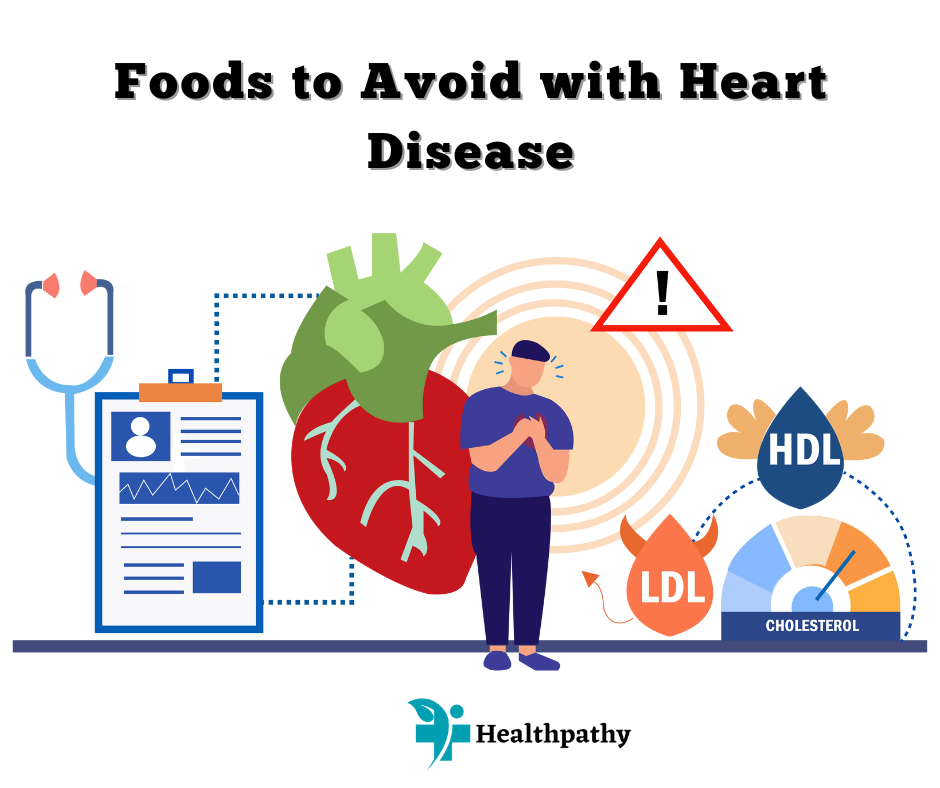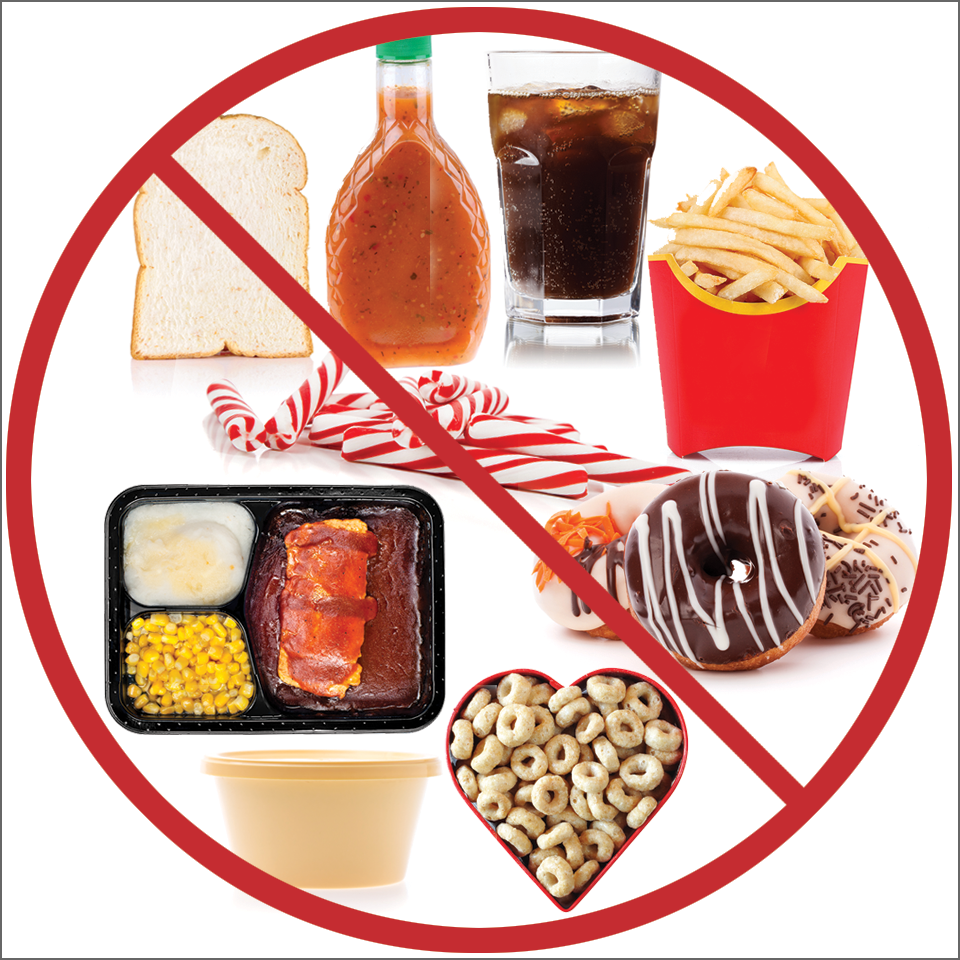Maintaining a healthy aquarium environment hinges on providing your fish with the right nourishment without harming their well-being. Overfeeding is a common mistake that can lead to various health problems and water quality issues. This comprehensive guide provides detailed insights into understanding fish needs, recognizing signs of overfeeding, developing a balanced feeding schedule, selecting appropriate foods, and preventing overfeeding altogether.
From understanding the specific dietary requirements of different fish species to identifying the subtle yet critical signs of overfeeding, this guide offers practical advice for maintaining a thriving aquarium. Learn how to create a tailored feeding regime that optimizes health and minimizes potential problems. Discover the crucial link between proper feeding and maintaining excellent water quality.
Understanding Fish Needs

Understanding the specific nutritional requirements of various fish species is crucial for their health and well-being in an aquarium. A well-balanced diet tailored to their natural feeding habits and environmental needs minimizes stress and disease. Different fish species have diverse dietary needs, reflecting their evolutionary adaptations to specific habitats and food sources. Ignoring these needs can lead to malnutrition, poor growth, and decreased vitality.A thorough understanding of a fish’s natural environment and diet allows for appropriate feeding strategies.
For instance, a fish accustomed to a diet rich in live insects will require a higher protein content than one primarily consuming plant matter. Environmental factors like water temperature and pH also play a significant role in a fish’s appetite and metabolic rate, directly impacting their nutritional needs. Consequently, proper consideration of these elements is essential for successful aquarium maintenance.
Nutritional Requirements of Various Fish Species
Fish species exhibit diverse nutritional requirements, stemming from their unique evolutionary adaptations and environmental niches. A comprehensive understanding of these variations is vital for providing optimal care and avoiding overfeeding. Different fish species have distinct dietary needs, which should be carefully considered to ensure the fish receive the appropriate nutrients for their health and well-being. This detailed understanding is crucial for preventing overfeeding and ensuring healthy growth and development.
Impact of Water Parameters on Fish Appetite and Metabolism
Water parameters, such as temperature and pH, significantly affect fish appetite and metabolism. Elevated water temperatures generally increase metabolic rates, leading to higher food consumption. Similarly, fluctuations in pH levels can impact nutrient absorption and overall fish health, directly influencing appetite. Monitoring and maintaining stable water parameters is essential for optimal fish health and well-being.
Comparison of Nutritional Needs for Common Aquarium Fish
The following table summarizes the primary food sources, protein requirements, and other nutritional needs for common aquarium fish species:
| Fish Species | Primary Food Source | Protein Requirements | Other Nutritional Needs |
|---|---|---|---|
| Goldfish | Plant matter, insects | Moderate | Vitamins, minerals, trace elements |
| Betta | Live foods, insects | High | Vitamins, minerals, fats, essential amino acids |
| Tetras | Small insects, plant matter | Low | Vitamins, minerals, trace elements, carbohydrates |
Note: The table provides a general overview. Specific requirements may vary depending on the individual fish’s age, activity level, and overall health.
Identifying Overfeeding Signs

Recognizing the signs of overfeeding in your fish is crucial for their well-being. Early detection allows for prompt intervention and prevents potential health complications. A watchful eye and understanding of typical fish behavior are key to identifying these issues.Overfeeding, while seemingly harmless, can have detrimental effects on your fish’s health and the overall water quality of their environment.
This often leads to a cascade of negative consequences that can be difficult to reverse if not addressed promptly. The following sections will detail the observable signs, the potential severity, and the connection between overfeeding and poor water quality.
Observable Physical Signs
Fish, like all living creatures, exhibit physical and behavioral changes when experiencing stress or discomfort. Recognizing these cues is vital for timely intervention and ensuring the health of your aquatic companions. Physical signs of overfeeding can range from subtle changes in behavior to more noticeable physical manifestations.
Severity and Potential Causes of Overfeeding Signs
The following table summarizes common overfeeding signs, their severity, and potential contributing factors. It is essential to note that these signs can also be indicative of other issues, making careful observation and consideration of water parameters paramount.
| Sign | Severity | Potential Causes |
|---|---|---|
| Bloating | Moderate | Overfeeding, poor water quality, insufficient filtration, or underlying health issues. |
| Lethargy | Mild | Overfeeding, stress from other fish, inadequate water parameters, or illness. |
| Fin Rot | Severe | Overfeeding, poor water quality (especially ammonia and nitrite spikes), stress from overcrowding, or infection. |
| Loss of Appetite | Mild to Moderate | Overfeeding, stress, illness, or changes in water parameters. |
| Abnormal Swimming Patterns | Mild to Moderate | Overfeeding, stress, illness, or changes in water parameters. |
Connection Between Overfeeding and Poor Water Quality
Overfeeding directly impacts water quality. Uneaten food decomposes, increasing the levels of ammonia and nitrite in the water. These toxins are harmful to fish, potentially causing gill damage, stress, and even death. A balanced diet and appropriate feeding quantities are essential to maintain optimal water parameters.
Importance of Observing Fish Behavior
Monitoring fish behavior is crucial for early detection of overfeeding issues. A healthy fish is typically active, displays normal swimming patterns, and maintains a keen interest in its surroundings. Any deviation from this norm, such as lethargy, loss of appetite, or abnormal swimming patterns, should prompt an investigation into potential causes, including overfeeding. For instance, a fish that’s usually very active but now appears sluggish might be a sign of overfeeding or another issue.
This behavior observation helps in pinpointing potential problems early.
Developing a Balanced Feeding Schedule

A well-structured feeding schedule is crucial for maintaining the health and vitality of your fish. It helps prevent overfeeding, a common cause of water quality issues and health problems in fish. Understanding the specific needs of different fish species, including their activity levels and growth stages, is key to developing a suitable routine.A balanced feeding schedule considers the individual needs of each fish, promoting healthy growth and preventing potential health problems.
It also minimizes waste and maintains water quality, creating a thriving environment for your aquatic companions.
Creating a Feeding Schedule
Developing a consistent feeding schedule involves several crucial steps. First, consider your fish’s species, size, and activity levels. Different fish species have varying dietary requirements and metabolic rates. For example, active fish like tetras need more frequent but smaller meals than less active fish like bettas. The size of your fish also plays a role.
Juvenile fish require more frequent feedings compared to adult fish, as their growth rates are higher. Similarly, larger fish can tolerate larger portion sizes.
Feeding Schedule Examples
The following table provides sample feeding schedules for common fish species. These are general guidelines, and adjustments may be necessary based on individual fish needs.
| Fish Species | Feeding Frequency | Portion Size | Feeding Time |
|---|---|---|---|
| Goldfish | Twice daily | Small | Morning & Evening |
| Betta | Once daily | Small | Evening |
| Tetras | Once daily | Very small | Morning |
Adjusting the Feeding Schedule
Regularly monitoring your fish’s appetite and health is essential for adapting the feeding schedule. Observe how quickly your fish consume their food. If the food is left uneaten, reduce the portion size for the next feeding. Conversely, if the fish readily consume the food, you can gradually increase the portion size. It is important to remember that a healthy fish will exhibit a healthy appetite, so if a fish suddenly stops eating or shows signs of illness, it’s crucial to consult a veterinarian specializing in aquatic animals.
Avoiding Overfeeding
Even if your fish seem hungry, avoid overfeeding. Leftover food will decompose in the water, leading to increased ammonia and nitrite levels, which can harm or kill your fish. This underscores the importance of following a balanced feeding schedule and adjusting portion sizes based on the fish’s consumption rate.
Choosing Appropriate Fish Foods
Selecting the right fish food is crucial for maintaining the health and well-being of your aquatic companions. A balanced diet, tailored to their specific needs, ensures proper growth, vibrant coloration, and a strong immune system. Understanding the different types of fish food and their nutritional profiles is key to achieving optimal feeding practices.
Types of Fish Food
Various types of fish food cater to different dietary requirements. Flakes, pellets, live foods, and frozen foods each offer unique advantages and disadvantages. Flakes are a convenient and economical option, but their nutritional content can vary significantly. Pellets, often formulated with specific nutritional needs in mind, offer a more controlled and balanced meal. Live foods, like brine shrimp or daphnia, provide a rich source of natural nutrients and can be highly beneficial for certain species, promoting natural foraging behaviors and potentially supporting coloration.
Frozen foods offer a convenient alternative to live foods, preserving nutrients and providing a consistent source of nutrition.
Nutritional Value of Fish Foods
The nutritional value of fish food significantly impacts a fish’s health. Flakes and pellets are typically composed of various ingredients, including proteins, carbohydrates, fats, and vitamins. Live foods, such as brine shrimp, are rich in essential nutrients like protein, vitamins, and fatty acids. High-quality fish foods often include specific additives to address specific nutritional requirements, such as enhanced colors, antioxidants, and minerals.
The quality of the ingredients and the processing methods directly affect the nutritional value of the food. A diet lacking in essential nutrients can lead to various health issues, including stunted growth, weak immune systems, and disease susceptibility.
Matching Food to Fish Species
Different fish species have varying nutritional needs. A carnivorous fish, for instance, requires a diet rich in animal protein, whereas an omnivorous fish may benefit from a mix of plant and animal-based foods. Carefully consider the species’ natural diet when selecting food. A diet that closely mirrors their natural diet will promote their well-being and allow them to thrive.
In some cases, specialized fish foods are available, specifically formulated to meet the unique needs of particular species.
Factors to Consider When Choosing Fish Food
Several factors should be considered when choosing fish food. Ingredients play a critical role; high-quality ingredients ensure a balanced and nutritious diet. Food size is equally important; ensure the food is appropriate for the fish’s mouth size to prevent choking or incomplete consumption. The sinking rate of the food is crucial, particularly for bottom-dwelling fish. Floating foods are suitable for surface feeders, while sinking foods are ideal for those that feed near the bottom.
A sinking pellet is best for a fish that lives near the bottom. Considering these factors ensures that the chosen food is both palatable and suitable for the fish’s feeding habits.
Example of a Healthy Fish Diet
A healthy fish diet typically involves a variety of food types to ensure comprehensive nutrition. For example, a healthy diet for a betta fish might include a mix of high-quality flake food, supplemented with live brine shrimp or frozen bloodworms, once or twice a day. A small portion of food is better than overfeeding, as leftover food can lead to water contamination.
This varied approach mimics the natural feeding habits of the fish and provides the necessary nutrients for optimal health and well-being.
Preventing Overfeeding through Techniques

Proper feeding techniques are crucial for maintaining the health and well-being of your fish. Overfeeding can lead to various problems, including water quality deterioration, disease susceptibility, and even premature death. By employing effective strategies, you can ensure your aquatic companions receive the necessary nutrients without the detrimental effects of excess food.Careful consideration of feeding practices is essential for a thriving aquarium environment.
Employing strategies such as portion control, appropriate feeding tools, and mindful observation of feeding habits allows you to provide a balanced diet while minimizing the risk of overfeeding. Regular water changes play a critical role in maintaining water quality, further mitigating the impact of uneaten food.
Portion Control Techniques
Consistent portion control is fundamental to preventing overfeeding. Determine the appropriate amount of food based on the size, species, and activity level of your fish. Start with a small amount and adjust based on consumption. Overfeeding can lead to uneaten food accumulating in the tank, which rapidly degrades water quality. A good rule of thumb is to feed only what your fish can consume within a few minutes.
If food remains, reduce the portion size for the next feeding.
Using Feeding Tools for Precise Portioning
Specialized feeding tools, such as feeding tweezers, small cups, or automatic feeders, can greatly enhance portion control. These tools allow for precise dispensing of food, ensuring each fish receives an adequate portion without excess. Automatic feeders can be programmed to release specific amounts at predetermined intervals, further optimizing feeding practices. This method also helps prevent overfeeding by providing a measured amount of food at the appropriate times.
Observing Feeding Habits and Adjusting Feeding Amounts
Regularly observe your fish’s feeding habits. Pay attention to how quickly they consume their food, and adjust the portion size accordingly. A healthy fish will typically consume food quickly and completely within a few minutes. If fish are leaving significant amounts of food uneaten, reduce the portion size for the next feeding. Consider the species’ natural feeding habits and adjust accordingly.
Some species may have a higher metabolic rate and require more frequent or larger feedings than others.
Water Changes for Maintaining Water Quality
Regular water changes are essential for maintaining water quality and preventing the accumulation of uneaten food. Uneaten food decomposes, releasing harmful toxins into the water, leading to a cascade of issues for your fish. By removing a portion of the water and replacing it with fresh water, you dilute these toxins and maintain optimal conditions. The frequency of water changes depends on the size of your tank, the number of fish, and the feeding regime.
A general guideline is to perform partial water changes weekly, adjusting as needed.
Tips for Preventing Overfeeding in Different Aquarium Setups
- Beginner Aquariums: Begin with smaller portions and observe feeding habits closely. Increase the feeding amount gradually as needed, monitoring for uneaten food.
- Community Tanks: Feed multiple small portions throughout the day, ensuring all fish have equal access to food.
- Large Tanks: Monitor consumption closely. Larger tanks can hold more uneaten food, necessitating more frequent water changes and adjustments to feeding amounts.
- Species-Specific Considerations: Research the specific dietary needs of your fish species and adjust feeding amounts accordingly. Some species have higher metabolic rates and require more frequent or larger feedings.
Last Recap
In conclusion, a well-informed approach to fish feeding is paramount to the long-term health and happiness of your aquatic companions. By understanding their individual needs, recognizing the signs of overfeeding, and implementing a balanced feeding schedule, you can cultivate a thriving and vibrant aquarium ecosystem. Remember, a little attention to detail goes a long way in ensuring your fish flourish.